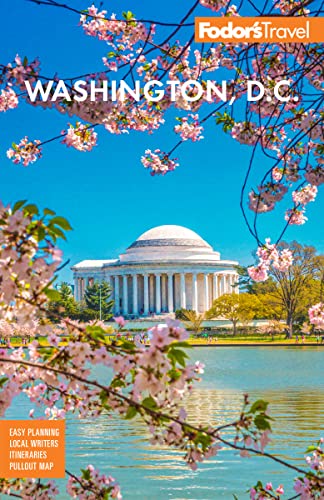Addresses
Although it may not appear so at first glance, there's a system to addresses in D.C., albeit one that's a bit confusing for newcomers. The city is divided into the four quadrants of a compass (NW, NE, SE, SW), with the U.S. Capitol at the center. Because the Capitol doesn't sit in the exact center of the city (and because Virginia took back its lands that originally were part of the District in 1847), Northwest is the largest quadrant. Northwest also has most of the important landmarks, although Northeast and Southwest have their fair share. The boundaries are North Capitol Street, East Capitol Street, South Capitol Street, and the National Mall.
If someone tells you to meet them at 6th and G, ask them to specify the quadrant, because there are actually four different 6th and G intersections (one per quadrant). Within each quadrant, numbered streets run north to south, and lettered streets run east to west (the letter J was omitted to avoid confusion with the letter I). The streets form a fairly simple grid—for instance, 900 G Street NW is the intersection of 9th and G Streets in the NW quadrant of the city. Likewise, if you count the letters of the alphabet, skipping J, you can get a good approximation of an address for a numbered street. For instance, 1600 16th Street NW is close to Q Street, Q being the 16th letter of the alphabet if you skip J.
As if all this weren't confusing enough, Major Pierre L'Enfant, the Frenchman who originally designed the city, threw in diagonal avenues recalling those of Paris. Most of D.C.'s avenues are named after U.S. states. You can find addresses on avenues the same way you find those on numbered streets, so 1200 Connecticut Avenue NW is close to M Street, because M is the 12th letter of the alphabet when you skip J.




